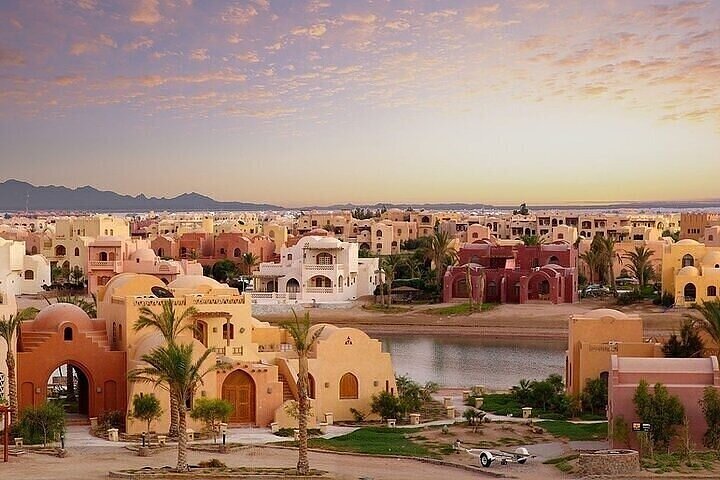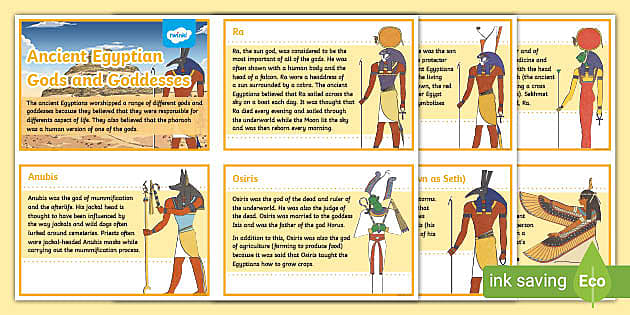The Valley of the Kings: Unraveling the Mysteries of Ancient Tombs
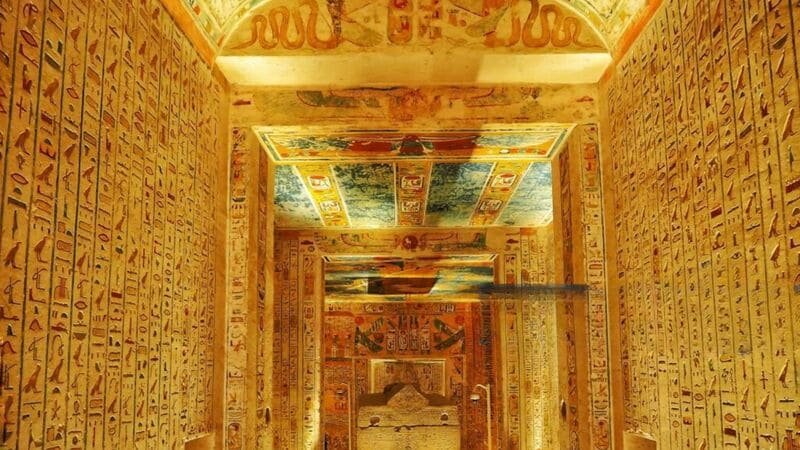
Introduction
Overview of the Valley of the Kings
The Valley of the Kings, nestled on the west bank of the Nile near Luxor, is one of Egypt’s most revered archaeological sites. It served as the royal burial ground for pharaohs during the New Kingdom period. With over 60 tombs discovered, this enchanting valley showcases the impressive achievements of ancient Egyptian civilization.
Significance of Ancient Egyptian Tombs
Ancient Egyptian tombs hold tremendous significance, revealing insights into the rich culture and beliefs surrounding death and the afterlife. Some key points to consider are:
- Cultural Insights: Tombs often contain hieroglyphics and artifacts that provide a glimpse into daily life, religious practices, and the values of the time.
- Architectural Marvel: The intricate designs and elaborate frescoes serve as a testament to the advanced engineering and artistic skills of the ancient Egyptians.
- Historical Context: Each tomb reflects the unique story of its occupant, highlighting the political and social dynamics of their era.
These tombs not only celebrate the pharaohs who resided within but also capture the essence of an entire civilization.

History of the Valley of the Kings
Discovery and Exploration
The Valley of the Kings remained a mysterious site for centuries until its rediscovery in the early 19th century. Egyptologists and explorers, driven by curiosity, ventured into this hallowed ground. Notable discoveries include:
- Tomb of Tutankhamun (1922): Unearthed by Howard Carter, this tomb captivated the world with its untouched treasures.
- Continuing Discoveries: Modern excavations continue to unveil new artifacts and tombs, revealing even more layers of history.
Evolution of Tomb Construction
As dynasties rose and fell, the methods of tomb construction evolved significantly. Early tombs, such as those at Saqqara, were primarily simple pits. Over time, the Valley of the Kings transformed into a monumental burial site with:
- Complex Structures: Architects began designing multi-chambered tombs with intricate layouts, enhancing both security and aesthetics.
- Rich Decor: Elaborate paintings and carvings became standard, guiding souls through the afterlife journey.
This evolution reflects the shifting beliefs surrounding death and the importance of the pharaohs’ legacies.
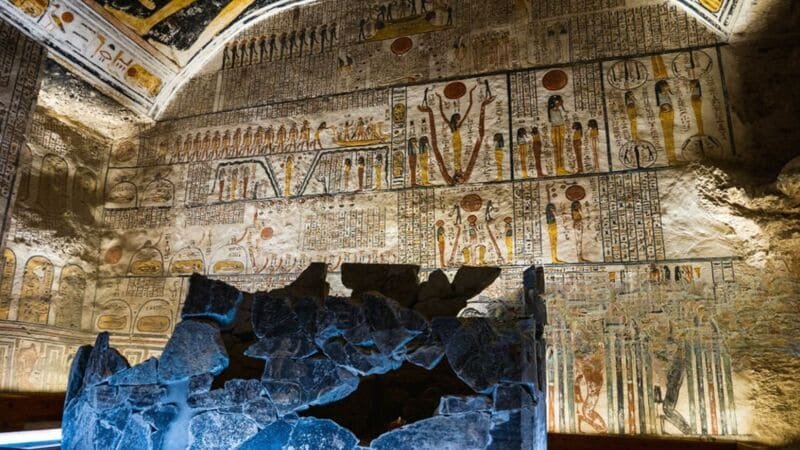
Tomb Layout and Artifacts
Architectural Design of Tombs
The architectural design of tombs in the Valley of the Kings is a fascinating blend of artistry and functionality. Each tomb is meticulously planned, often featuring:
- Long Corridors: Designed to deter intruders while guiding the deceased towards the afterlife.
- Chambers: Typically includes a burial chamber, an antechamber for offerings, and storage spaces for artifacts.
As one wanders through these ancient structures, you can truly appreciate the ingenuity of ancient architects.
Unveiling the Treasures Within
The treasures found within these tombs tell remarkable stories of pharaohs and their beliefs in the afterlife. Among the notable artifacts are:
- Golden Masks: The iconic funerary mask of Tutankhamun made of solid gold, adorned with precious stones.
- Ceremonial Items: Statues, jewelry, and hieroglyph-inscribed objects meant to accompany the deceased into eternity.
Each discovery offers a glimpse into the opulence that characterized royal burials, enticing both scholars and enthusiasts alike.
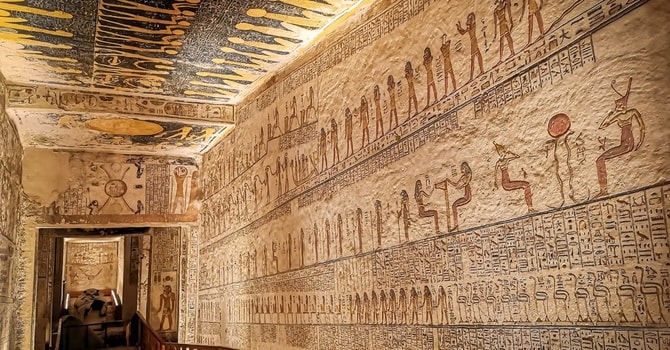
Famous Pharaohs and Tombs
Tutankhamun’s Tomb
Tutankhamun’s tomb, discovered in 1922 by Howard Carter, is one of the most famous in history. It captivated the world not only because of its treasures but also due to its relatively untouched state. Key highlights include:
- Golden Throne: Intricately designed, symbolizing royal power and divinity.
- Mummified Remains: Providing crucial insights into ancient mummification techniques.
Ramesses II and His Tomb
Contrasting with Tutankhamun’s relatively small tomb, Ramesses II’s burial site is grand and expansive, reflecting his long reign and military success. Known as the most powerful pharaoh, his tomb contains:
- Massive Reliefs: Depicting significant battles and religious ceremonies.
- An Elaborate Sarcophagus: Crafted from red granite, showcasing his importance.
Visiting these tombs immerses one in the rich tapestry of ancient Egyptian history, revealing the legacies of these remarkable rulers.

Theories and Controversies
Purpose of the Valley of the Kings
The exact purpose of the Valley of the Kings remains a topic of debate among historians. While primarily recognized as a royal burial ground, some theories suggest it also served as a religious site. Key points include:
- Location Significance: The valley’s geographical position may symbolize a direct connection to the afterlife.
- Collective Burial Practices: The communal burial of pharaohs signifies a shared destiny in the afterlife.
Debates on Tomb Robberies
Tomb robberies have been an ongoing concern since antiquity, sparking significant controversy. Some of the primary issues include:
- Original Intent: Were the elaborate security measures intended to deter robbers or to protect treasures for eternity?
- Extent of Loss: Estimates suggest that many artifacts were lost before archaeological explorations began, prompting discussions about preservation and historical context.
These debates not only highlight the vulnerabilities of these ancient sites but also deepen our understanding of ancient Egyptian values and priorities.

Modern Exploration and Preservation Efforts
Technological Advancements in Studying Tombs
In recent years, technological advancements have revolutionized our understanding of the Valley of the Kings. Tools like:
- Ground-Penetrating Radar (GPR): Allow archaeologists to locate hidden chambers without intrusive digging.
- 3D Imaging: Offers detailed visualizations of tomb layouts, helping in reconstruction and analysis.
These technologies enhance our ability to uncover secrets of the past while preserving the integrity of these ancient sites.
Conservation Challenges
Despite these innovations, the Valley of the Kings faces significant conservation challenges. Some key issues include:
- Environmental Factors: Fluctuating temperatures and humidity levels can damage delicate artifacts and tomb interiors.
- Tourism Pressure: Increasing visitor numbers can put stress on ancient structures, prompting the need for sustainable tourism practices.
Balancing exploration with preservation remains crucial to protecting the legacies of these remarkable tombs for future generations.

Tourism and Visitor Experience
Tourist Attractions and Facilities
The Valley of the Kings is a treasure trove of attractions for history enthusiasts and casual visitors alike. Some highlights include:
- Access to Famous Tombs: Visitors can explore renowned tombs, with informative guides enhancing the experience.
- Visitor Centers: Equipped with multimedia exhibits, these centers provide insights into ancient Egyptian life and burial practices.
These facilities ensure a fulfilling visit while promoting respect for the site’s historical significance.
Balancing Conservation with Public Access
While tourism boosts local economies, it presents challenges to conservation efforts. Balancing visitor access with preservation is crucial. Important strategies include:
- Visitor Limits: Implementing caps on daily visitors to reduce wear on delicate structures.
- Guided Tours: Offering structured tours helps educate visitors and minimizes environmental impact.
Ensuring responsible tourism allows future generations to experience the awe of the Valley of the Kings, preserving its legacy for years to come.
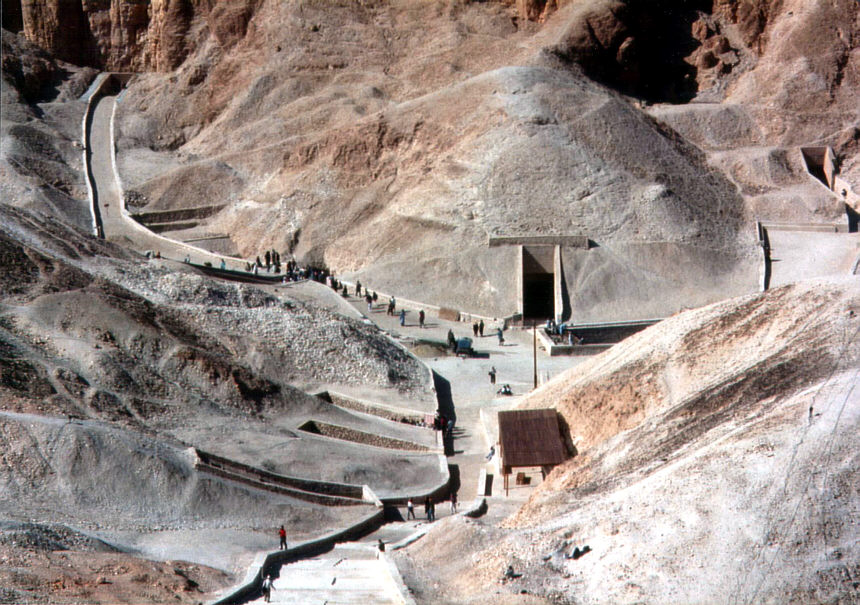
Legacy and Impact
Influence on Archaeology and Egyptology
The Valley of the Kings has profoundly influenced the fields of archaeology and Egyptology. Iconic discoveries, such as Tutankhamun’s tomb, have sparked countless research initiatives. Notable impacts include:
- Methodological Innovations: The techniques developed for excavations and preservation set standards for archaeological practices worldwide.
- Public Interest: These discoveries have fueled a global fascination with ancient Egypt, inspiring books, documentaries, and movies.
Preservation of Ancient History
The legacy of the Valley of the Kings extends to its role in preserving ancient history. Efforts to document and conserve these sites include:
- International Collaborations: Partnerships between nations and organizations focus on research and conservation projects.
- Educational Initiatives: Programs aimed at teaching locals and visitors about the importance of preservation help foster a culture of respect for these treasures.
Through these initiatives, the Valley of the Kings not only safeguards its own history but also contributes to a more profound understanding of human civilization.
